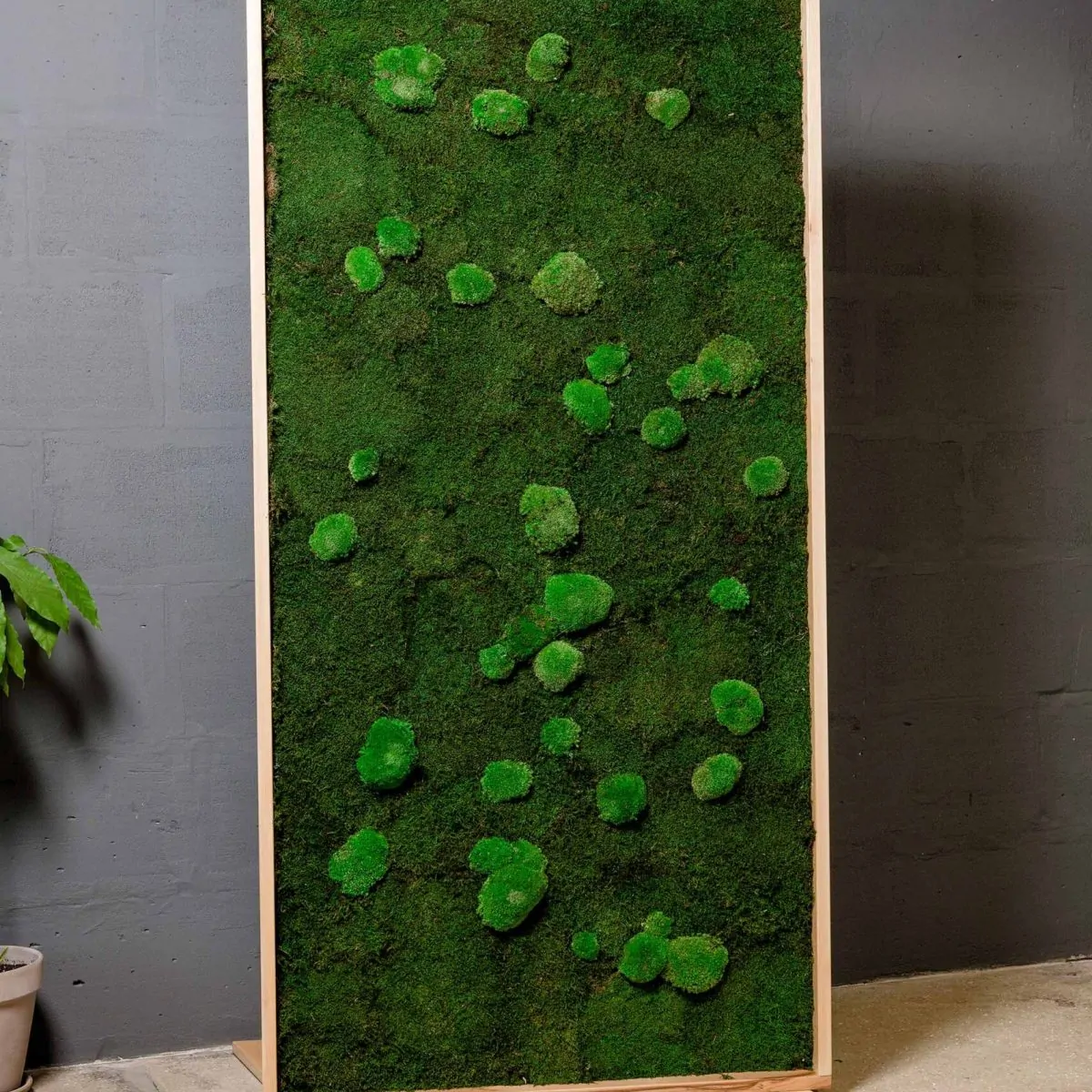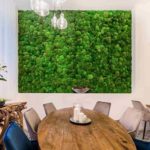Making push sticks and push blocks
Push sticks and push blocks for feeding stock across the table of a stationary power tool can be made using %-inch plywood or solid stock. No one shape is ideal; a well – designed push stick should be comfortable to use and suitable for the machine and task at hand. For most cuts on a table saw, design a push stick with a 45° angle between the handle and the base (right, top). Reduce the handle angle for use with the radial arm saw. The notch on the bottom edge must be deep enough to support the workpiece, but shallow enough not to contact the saw table. The long base of a rectangular push stick (right, middle) enables you to apply downward pressure on a workpiece. For surfacing the face of a board on a jointer, the long, wide base of a push block (right, bottom) is ideal.
It features a lip glued to the underside of the base, flush with one end. Screw the handle to the top, positioning it so the back is even with the end of the base.
|
1 |
 Making a standard featherboard
Making a standard featherboard
Featherboards serve as anti-kickback devices, since the fingers allow the workpiece to move in only one direction— toward a stationary tool’s bit or blade. To make a featherboard like the one shown at left, cut a 30° to 45° miter at one end of a %-inch-thick, 3- to 4-inch-wide board; the length of the jig can be varied to suit the work you plan to do. Mark a parallel line about 5 inches from the mitered end and cut a series of slots to the marked line on the band saw, spacing the kerfs about % inch apart to create a row of sturdy but pliable fingers. Finally, cut a notch out of one edge of the featherboard to accommodate a support board.
 2 Using standard featherboards on the table saw
2 Using standard featherboards on the table saw


Clamp one featherboard to the fence above the blade, and place a longer one halfway between the blade and the front of the table. Clamp a support board in the notch perpendicular to the horizontal feather – board to prevent it from creeping out of place during the cut. For the operation shown at left, feed the workpiece into the blade until your trailing fingers reach the featherboards. Then use a push stick to finish the cut, or move to the back of the table with the saw still running and pull the workpiece past the blade.
Ripping stock with a beveled featherboard

 |
A featherboard clamped to the fence of a table saw, as shown on the previous page, can get in the way of a push stick during a rip cut. A featherboard with a beveled end will press a workpiece against both the fence and saw table, eliminating the need to clamp a featherboard to the fence (right). Make the device as you would a standard featherboard (page 125), but cut a 45° bevel on its leading end before cutting the fingers and slots. Also make sure that the featherboard is thicker than the stock you are ripping (inset).

 |
|
 |
 |
A sturdy sawhorse like the one shown at left can be made with only a small amount of lumber and plywood, and taken apart and reassembled quickly. Cut the legs from %-inch plywood, then saw a 3-inch – deep notch in the middle of the top of both pieces. Next, cut the crosspiece from l-by-6 stock and saw a l^-inch-deep slot 8 inches in from either end to fit into the legs. Angle the slots roughly 5° from the vertical to spread the legs slightly outward. For added stability, screw 4-inch – long l-by-2 cleats to the crosspiece on each side of the slots.




lightweight sawhorse shown above, featuring a hinged top and crossbrace, folds flat for easy storage. Cut the legs and rails to length and join them together; use corner half-laps (inset, top) to join the top rails to the legs and T half-laps (inset, bottom) to attach the legs to the bottom rails. Reinforce the joints with glue and screws, then join the two sections at the top rails with a piano hinge. Finally, cut the crossbrace; be sure it is long enough so that when the legs are spread, the piano hinge is recessed below the top edge of the top rails. Saw the crossbrace in half and connect the two pieces with the hinge. Then fasten the crossbrace to both side rails, again using piano hinges.





